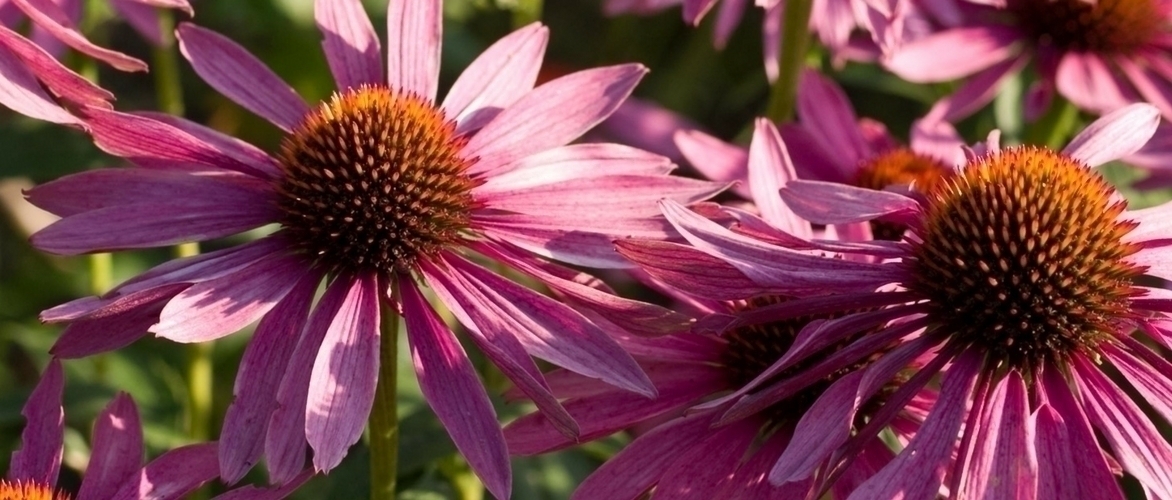
How to plant Echinaceas?
in the garden
Contents
Versatile, Echinacea fits into all decors, thriving as a medium plant or at the back of a border. Very easy to grow, once well-rooted in a suitable location, it will flourish year after year, becoming increasingly floriferous, provided a few simple rules are followed! Whether in a border or a pot, discover our tips for successfully planting it.
→ Learn more about echinaceas in our comprehensive sheet, and in our advice sheet Choosing an Echinacea
Where to plant Echinacea?
Very easy to grow, Echinacea thrives everywhere in France and even adapts to coastal areas. D’une belle rusticité (jusque -15°C), elle résiste au gel mais supporte mal les très grands froids. Elle tolère en revanche la canicule sur une courte période.
Une fois enracinée dans un endroit qui lui convient, elle prospère d’année en année, toujours plus florifère à condition de ne pas la déplacer : elle met deux ans avant d’atteindre son plein développement. On laisse ses racines se propager tranquillement car it hates transplanting.
Notez que les cultivars à fleurs doubles ont cependant un cycle de vie plus bref, ils sont moins résistants que l’espèce type et peuvent se révéler bisannuels.
L’échinacea peut, si elle se plait, devenir même un peu envahissante…L’espèce type, l’Echinacée purpurea peut notamment se ressemer spontanément.
Choosing the right location for planting is therefore imperative.
Si elle peut tolérer une ombre légère, c’est une child of the sun that requires a sunny exposure. En massif ou même sur une pente légère, elle s’adaptera ! Container growing is possible dans une terre riche et humifère. Les variétés basses comme l’Echinacée Angustifolia ou le Rudbeckia purpurea ‘Avalanche’ deviendront magnifiques si on ne laisse jamais la terre trop se dessécher… ni se gorger d’eau !
It accepts all types of drained soil, neutre, pas trop sec à frais mais, elle prendra toute sa mesure en sol profond et fertile. Elle n’aime juste pas avoir les pieds dans l’eau : de longs jours de pluie associés à un sol retenant l’eau peuvent lui être fatals. Elle a besoin d’un sol très bien drainé l’hiver. L’été quelques arrosages estivaux suffisent.
Robuste en diable, it fears almost nothing : ni les maladies, ni les intempéries, ni le gel, ni le vent violent, face auquel ses tiges ne plient pas, ni la chaleur intense qu’elle supporte ponctuellement.
Polyvalente, elle s’intègre à tous les décors en s’épanouissant dans le rôle de plante of medium, of back of the border ou encore of flowerbed. Sur une toile de fond composée de rosiers grimpants, de clématites et de graminées, associez-la à d’autres vivaces aux teintes puissantes demandant peu de soins et d’entretien comme les Achillées, Dahlias, Pavots d’Orient, Delphiniums, Agastaches, Rudbeckia ou Phlox.
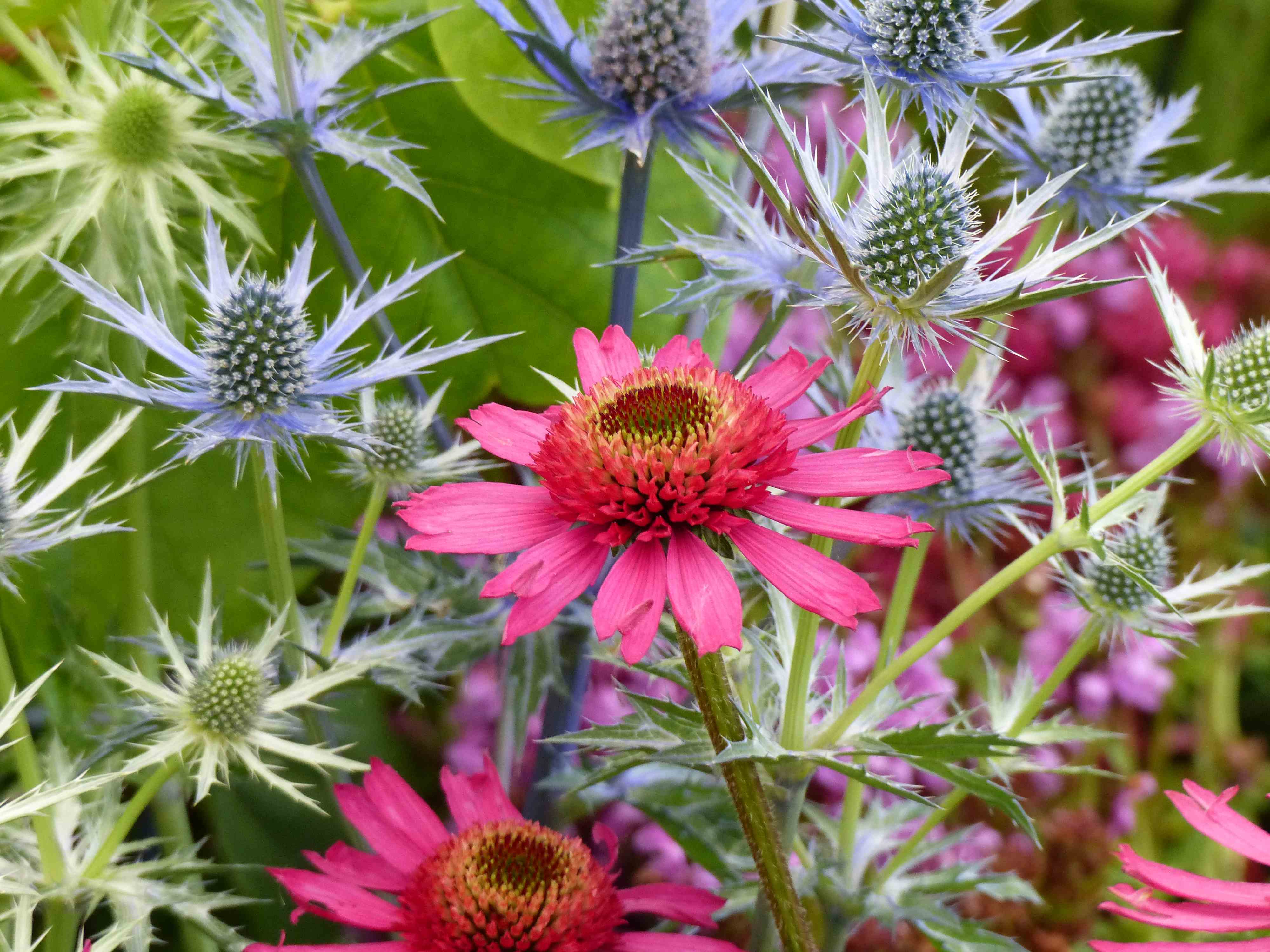
When to plant Echinacea?
Echinacea settles in the garden for almost the entire year, except during periods of frost and severe drought.
In cold and damp regions, plant it ideally in spring, when the risk of frost has passed, from March to April.
In southern regions, plant it rather in autumn, when the plant begins to enter dormancy and the soil is still warm and moist, from September to October.
Discover other Echinacea - Coneflower
View all →Available in 1 sizes
Available in 3 sizes
Available in 3 sizes
Available in 2 sizes
Available in 1 sizes
Available in 2 sizes
Available in 3 sizes
Available in 0 sizes
Available in 1 sizes
How to plant?
Once established, which takes about two years, it offers a beautiful longevity accompanied by an increasingly generous flowering. Therefore, a planting that matches its floribundity is necessary. It prefers soil that remains moist during summer, especially in the first few years (as it matures, it will tolerate drought better). It dislikes heavy, waterlogged soils in winter. The soil should be deep and loose to best develop its root system. It must also be rich in organic matter to ensure good flowering. In poor soils, it will never be lush.
Step 1: Prepare the soil well
- Loosen the soil, working it well with a fork.
- Dig to a depth of about 25 cm using a spade.
- Plant it in a mixture of potting soil, with a good dose of well-decomposed compost and garden soil.
- If the soil is heavy and clayey, drain it and incorporate 50% to 70% gravel or pumice.
Step 2: Give it space
- Soak the buckets in water.
- Count 5 to 7 buckets per square metre; given the development of this perennial, this is sufficient to create a beautiful mass effect.
- Space the plants 30 cm apart when planting.
- Once the young plants are established, they should not be disturbed. They will only start to thicken and flower properly in the second year.
- Water regularly in summer, especially the first year, but without excess: the more mature it becomes, the more tolerant it will be to drought, and a few summer waterings will suffice. It is not demanding in terms of water.
Step 3: Protect it!
- In spring, protect its young shoots from snails and slugs; if necessary, use fern manure to combat their attacks.
Step 4: Keep it cool!
- Mulch in spring, in May-June, to keep the soil cool at its base with a mineral mulch (gravel, pebbles, pumice…) especially during summer, as this guarantees prolonged flowering.
Step 5: Feed it!
- Echinacea loves fertile soils; it is greedy: feed it with compost in spring.
In a pot:
- Plant it in a pot of at least 30 cm. Ensure that your pot has good drainage at the base, as roots that stagnate in water will eventually rot.
- Spread a layer of clay balls about 5 cm thick.
- Prepare a mixture of equal parts potting soil, garden soil, and gravel.
- Plant the root ball in this mixture 3 cm from the edge of the pot.
- Water regularly without flooding the roots.
- In spring and autumn, add compost each year.
- They can spend the winter outside if the temperature does not drop below -15°C.
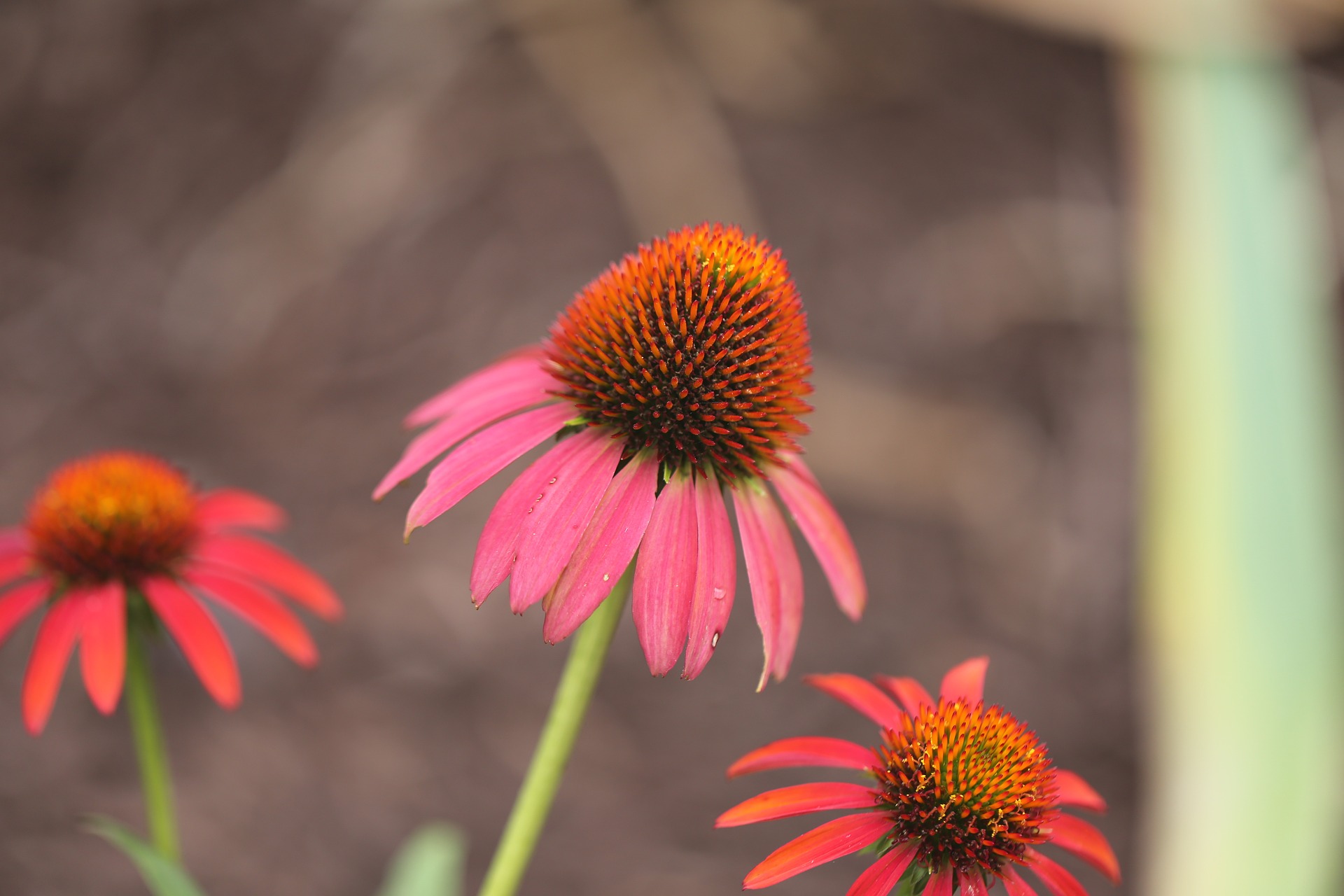
- Subscribe!
- Contents































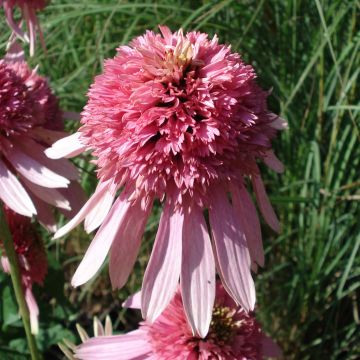
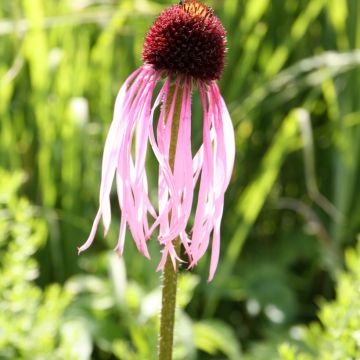
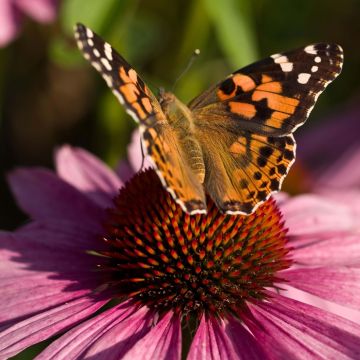
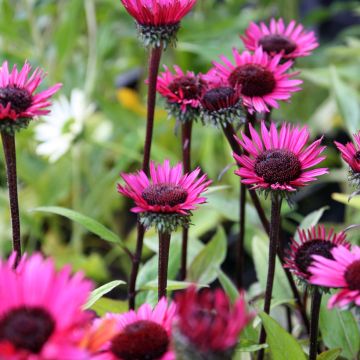
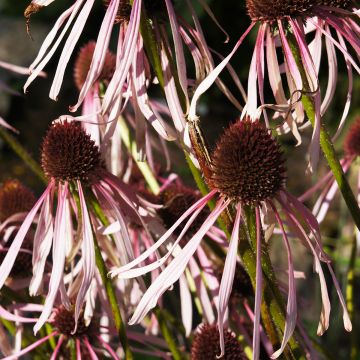
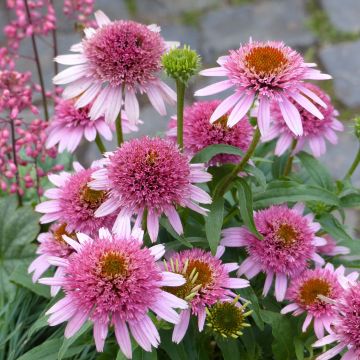
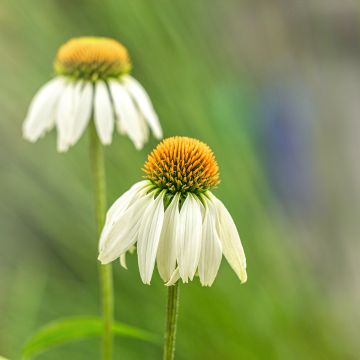
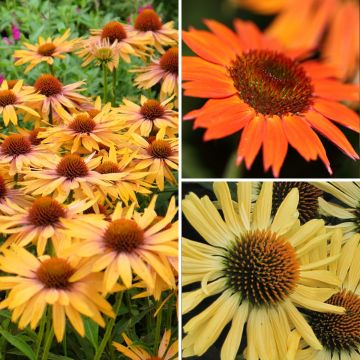
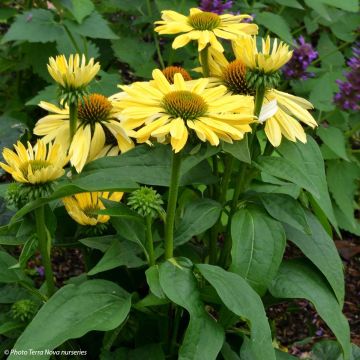
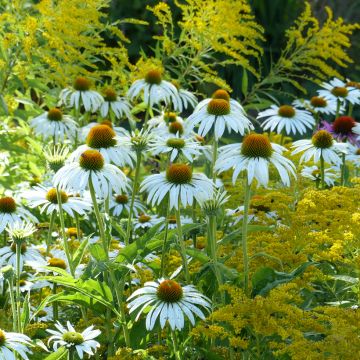
Comments